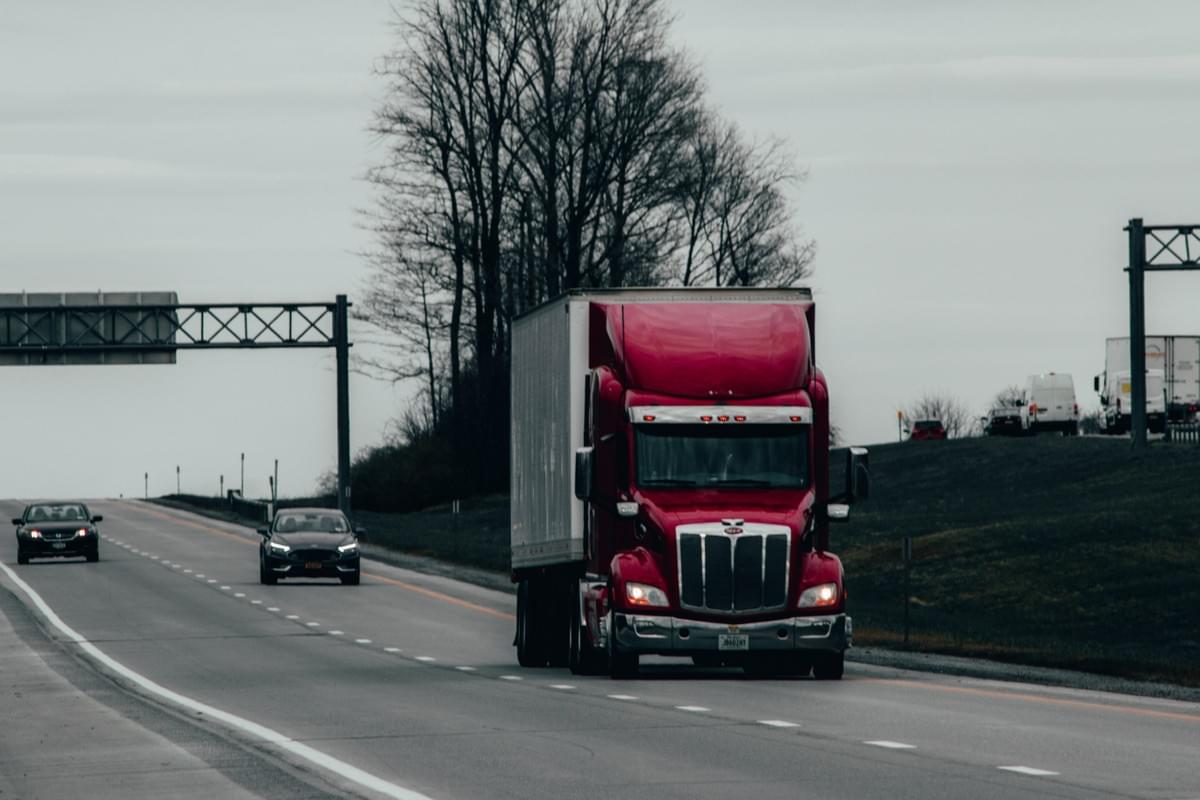
The world's most important industry, the trucking industry, continues to face headwinds as competitors surge ahead on new technology, attracting new customers, and reducing costs. The pressures are greatest for the largest carriers, but even small companies can find themselves struggling if they don't adapt quickly. At the same time, the number of truck drivers working for major carriers continues to fall. Local companies are particularly strained because of the self-isolating and quarantine guidelines instated by the Department of Transportation. To survive, local firms must keep operations moving forward and meet the evolving needs of consumers.
In recent years, logistics service provider services have begun to use online technologies that give them real-time access to detailed information about the status of their fleet. Trucking managers can see exactly where drivers are experiencing problems, which often means that drivers are less likely to take irresponsible routes or fail to meet deadlines for delivery. Likewise, trucking services can monitor fuel costs and route efficiency. With instant information available at the touch of a button, trucking managers can cut costs while meeting deadlines and providing customers with better service.
Although trucking services still use larger trucks to move goods, the smaller vans used for short distances and medium-length hauls are becoming increasingly popular. Drivers are happy to use the compact vans because they save on fueling costs and they don't require extra space or maintenance. They can carry goods over longer distances and provide service when it's convenient for the customer. In this way, trucking services can provide more products in fewer miles. But even with the current popularity of the mini hauler, long hauls remain the trucking services' bread and butter. See more here regarding successful logistics providers.
Companies often have difficulty gauging their shipping needs accurately, which is why they need access to detailed information about the shipping of goods. Trucking managers can use detailed GPS mapping tools to determine the best route for shipping cargo across the country. In addition to determining the best route, trucking services can determine the best times of the day to send their trucks to make sure that cargo is picked up and shipped on time. Likewise, they can determine the right type of container to ship goods using different types of loads. For instance, if they need to ship cargo over a large lake, they can choose between using a flatbed truck, a slung load or a full load trailer.
Trucking managers can also find out where trucks should be placed during peak business hours in order to maximize revenue. On their websites, they can calculate the revenues of different routes and determine the optimal times of day when they should send trucks to fill orders. This information allows them to send trucks only to markets that are generating higher revenues. For example, early morning is not a good time of day to send a truck to deliver goods because many retail stores are closing down for the day. Instead, trucking services can send trucks to deliver goods at mid-morning, right after the stores have closed down for the day.
Partially truckload brokerage firms will charge trucking companies a fee for their shipping services. This fee is typically based on the weight of the cargo and the volume of shipments that the trucking company needs to make each month. However, trucking brokers don't need to charge for the actual delivery of goods, since they receive a percentage of the total gross revenues that the trucking companies send to them. So, even if a trucking broker receives a commission, the trucking company is still likely to cover costs for transportation and warehousing, since they have already paid their broker a portion of the profits. Check out this article: https://www.encyclopedia.com/history/news-wires-white-papers-and-books/logistics-travel-and-transportation to get more info on the topic.
